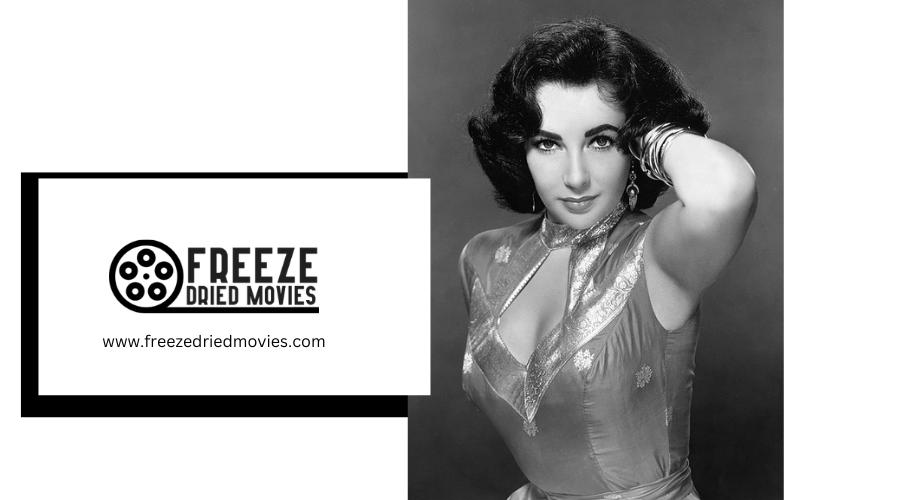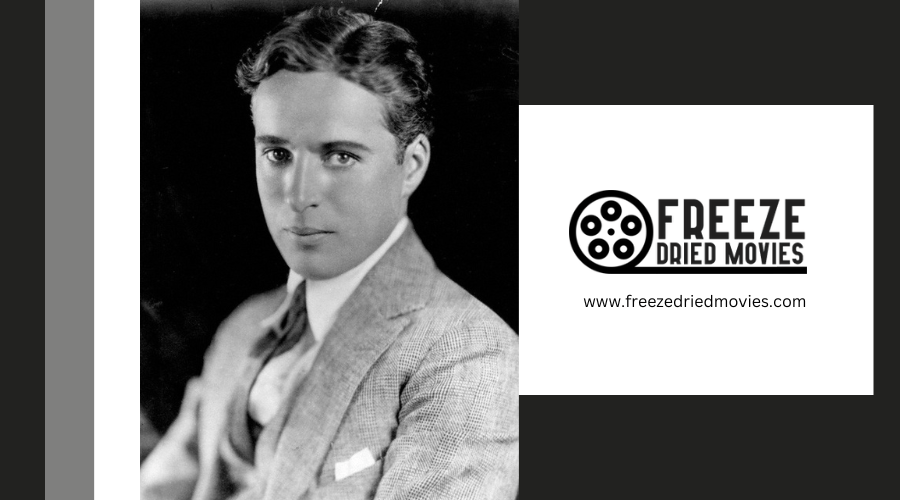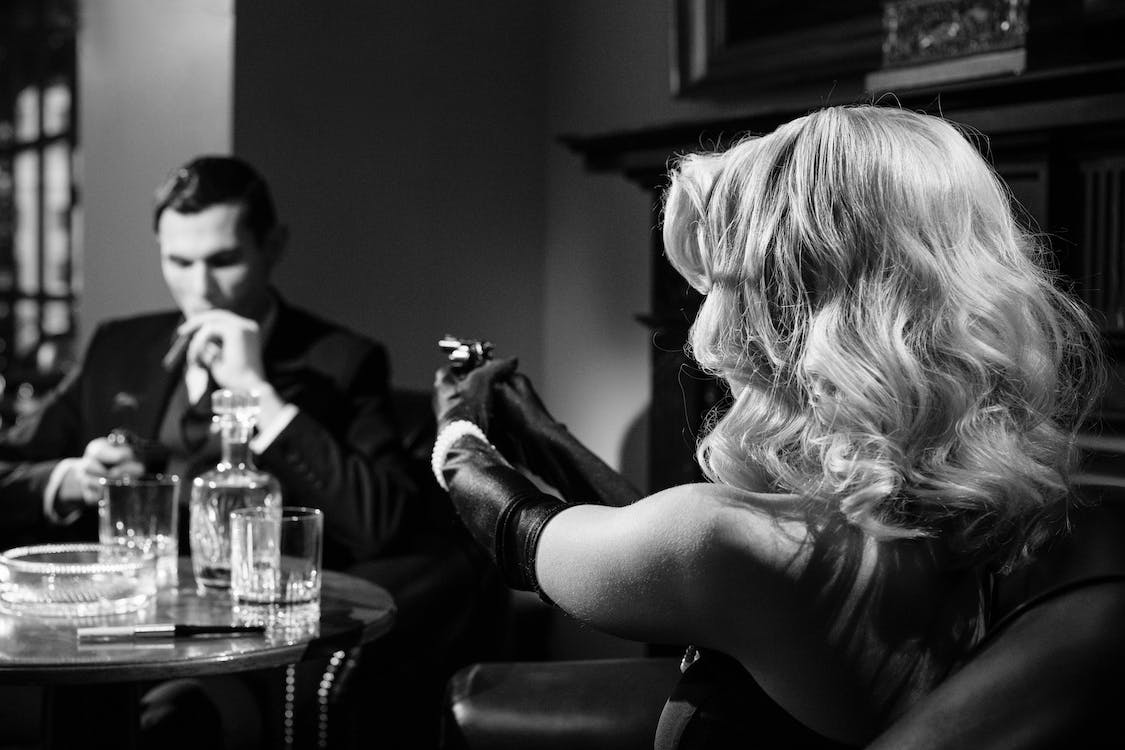Charlie Chaplin’s Final Films: The Last Acts of a Legend

You'll find Chaplin's final films represent a dramatic shift from his beloved Tramp character into more complex artistic territory. From the deeply personal "Limelight" to the politically charged "A King in New York," he boldly experimented with sound and social commentary. Though his last feature "A Countess from Hong Kong" proved disappointing, these later works showcase an artist willing to risk his established success for deeper creative expression. His odyssey beyond the Tramp reveals fascinating new dimensions to this legendary filmmaker.
The Transition From Silent Era to Sound
Charlie Chaplin held out against talking images far longer than most of his contemporaries in Hollywood. As motion pictures evolved into the sound era, you'll find that Chaplin stubbornly clung to silent film, believing that dialogue would destroy the universal appeal of his beloved Tramp character. The physical comedy and pantomime that made the Tramp costume iconic didn't need words to cross cultural barriers. When Chaplin finally accepted sound in 1940 with "The Great Dictator," it marked the conclusion of an era.
It wasn't just the Tramp's voice that changed - Chaplin's best work shifted from pure comedy to social commentary. This transition proved that even though he'd resisted sound, he could adapt his artistic vision while maintaining his distinctive creative voice in this new age of talking pictures. His eventual embrace of sound films coincided with Hollywood's broader efforts to provide uplifting themes and stories that could offer hope during the Great Depression.
The Evolution Beyond the Tramp Character
Many filmgoers don't realize that Chaplin's post-Tramp career spanned nearly three decades, marked by bold artistic risks and diverse characters. After Modern Times, you'll see his dramatic transformation beginning with The Great Dictator, where he finally plunged into sound films. His darkest departure came in Monsieur Verdoux, where he traded the Tramp's lovable nature for a murderous antihero.
Chaplin's later films reflected both personal and artistic evolution. In Limelight, he crafted a poignant meditation on his career, while A King in New York showcased his sharp political satire of Cold War America. Unfortunately, his final film, A Countess from Hong Kong, proved a disappointing culmination to an otherwise remarkable expedition, despite starring Marlon Brando and Sophia Loren.
Like method acting mastery transformed Hollywood's approach to emotional authenticity, Chaplin's evolution beyond the Tramp character revolutionized how actors could reinvent themselves on screen.
Limelight: A Bittersweet Reflection
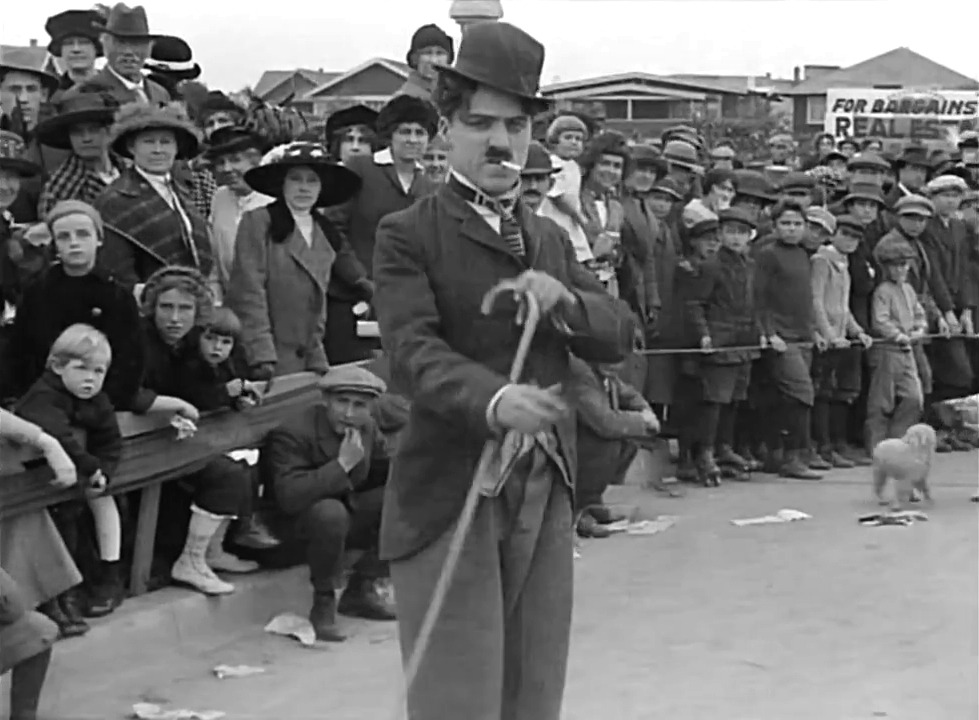
Released in 1952, Limelight stands out as Chaplin's most personal and introspective work, drawing heavily from his own experiences in show business. At 137 minutes, this poignant reflection follows a former vaudeville performer who helps a struggling ballet dancer find her way, featuring remarkable performances by Charlie Chaplin and Claire Bloom.
While initially overlooked, you'll find this film has gained deserved recognition as an expert exploration of aging and the entertainment industry.
The film's emotional depth is enhanced by one of Chaplin's finest musical scores. A historic finale features the only on-screen collaboration between Chaplin and Buster Keaton.
The story mirrors Chaplin's own journey through fame, creativity, and the passage of time.
Despite its bittersweet tone, Limelight serves as a fitting capstone to Chaplin's legendary career, blending his signature artistry with profound human insight.
Following his early sound film resistance, Chaplin masterfully merged dialogue with his classic physical comedy style in Limelight.
A King in New York: Political Commentary
Following the introspective tone of Limelight, Chaplin's 1957 film A King in New York marked a sharp turn toward biting political satire. Charlie Chaplin would tackle multiple targets in this scattered narrative, from TV commercials to plastic surgery, but his main focus was the paranoid government atmosphere during the Cold War era.
The story follows a deposed king who flees to New York after a revolution, encountering various aspects of American culture. While you'll recognize Chaplin's signature style in scenes involving a society girl and social commentary, the film lacks the sharp wit and emotional depth of his earlier magnum opuses. Unlike his post-World War II triumph Limelight, A King in New York is generally considered one of his lesser works, failing to reach the heights of his classic films.
A Countess From Hong Kong: the Final Feature
When Charlie Chaplin bid farewell to filmmaking in 1967, his swan song "A Countess From Hong Kong" proved a disappointing finale to an otherwise brilliant career.
- Marlon Brando struggled with comedic timing in this Chaplin film
- Sophia Loren played a Russian stowaway in the lackluster plot
- The movie marked Charlie Chaplin's last directorial effort
You'll find this final feature, directed by Charlie at age 77, lacking the charm and wit that made his earlier works exemplars. While the premise of a stowaway's expedition to New York could've been promising, the execution falls flat. Countess from Hong Kong feels more like a tedious exercise than the sparkling comedy you'd expect from Chaplin's last project. Despite assembling star power with Brando and Loren, this swan song couldn't recapture the magic of Chaplin's golden era.
Musical Contributions and Scoring
Though best known for his visual comedy and directing, Charlie Chaplin's musical genius emerged as a defining element of his artistic legacy. You'll find his talent for composition particularly evident in City Lights, which critics consider one of the greatest film scores ever created. His original musical scores enhanced the emotional impact of classics like The Circus and The Kid, where the music became inseparable from the storytelling.
Even in his later works, Chaplin's musical prowess remained strong. While films like Limelight didn't achieve the commercial success of his earlier exemplars, their musical themes received widespread acclaim. By choosing to compose original scores rather than use existing music, Chaplin maintained complete artistic control over his films, creating a seamless fusion of visual and musical storytelling that influenced generations of filmmakers.
Critical Reception and Legacy
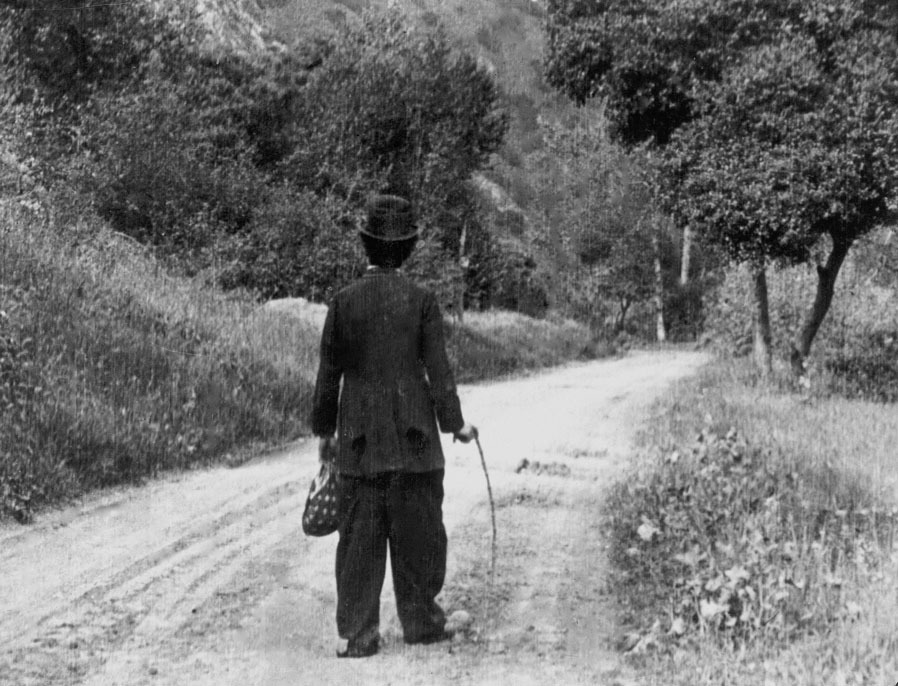
Chaplin's artistic evolution through his final films reveals a complex legacy that extends far beyond his musical innovations. From the beginning of CITY LIGHTS, you'll notice his adept blend of romance and comedy, creating what many consider his most touching love story.
While the Tramp character had captivated audiences since his Dance Hall days, Chaplin's later works show his willingness to take bold risks and explore darker themes.
CITY LIGHTS showcased Charlie at his romantic peak, working without Paulette Goddard but achieving perhaps his most memorable ending. The Great Dictator marked a brave departure from his signature silent comedy style.
His final films, particularly LIMELIGHT, offered a reflective meditation on his career, while A Countess from Hong Kong proved even legends can stumble.
The Impact on Modern Cinema
The final chapter of a legendary career would reshape modern cinema in unexpected ways. You'll find Chaplin's later works pushing boundaries that influenced filmmakers for generations to come.
In Monsieur Verdoux, he pioneered the complex antihero character through dark comedy and sharp social commentary, laying groundwork for modern character studies.
Limelight's poignant exploration of nostalgia and fading fame would become a blueprint for films about aging artists, while its dramatic depth showed Chaplin's range beyond his famous Tramp character.
Even A Countess from Hong Kong, despite mixed reviews, demonstrated his willingness to adopt new techniques in romantic comedy, from color to widescreen formatting. You can trace these innovations through countless modern films that continue to draw from Chaplin's bold experimentation in his final works.


